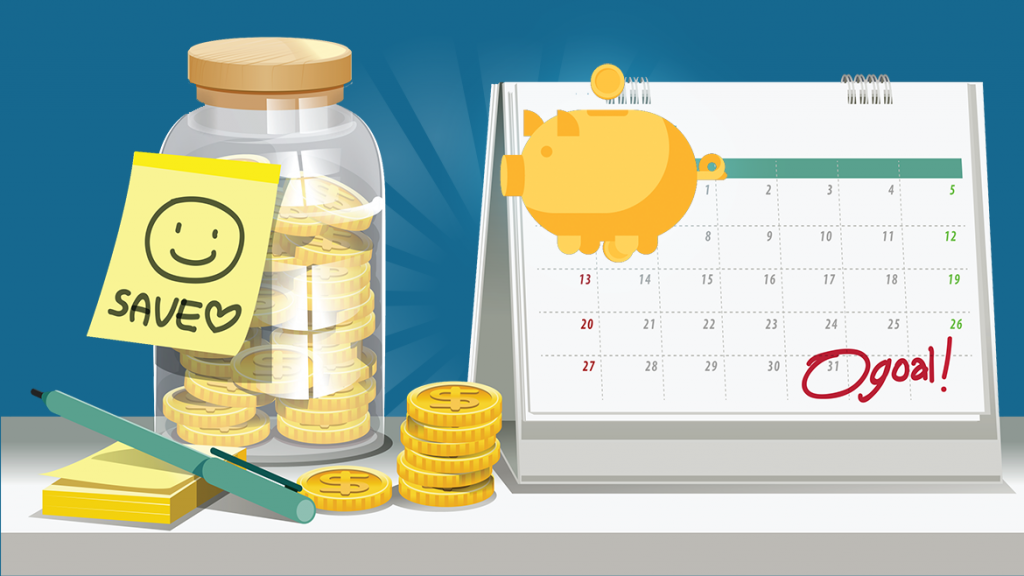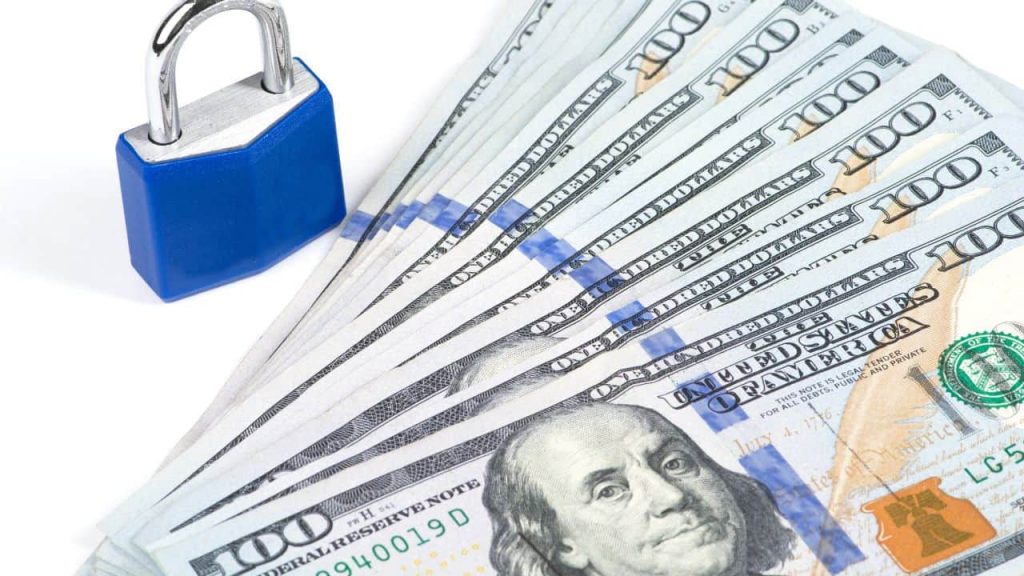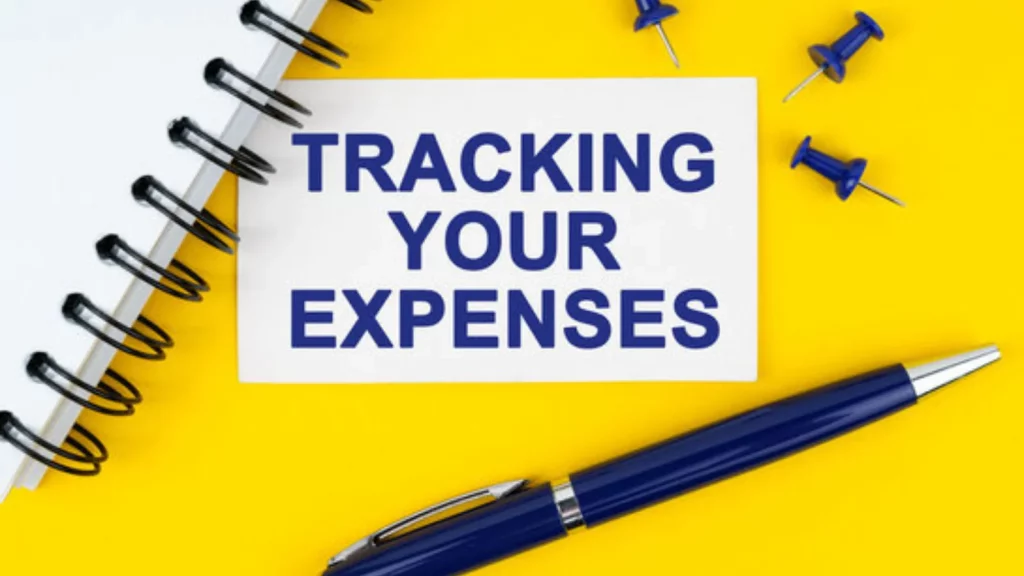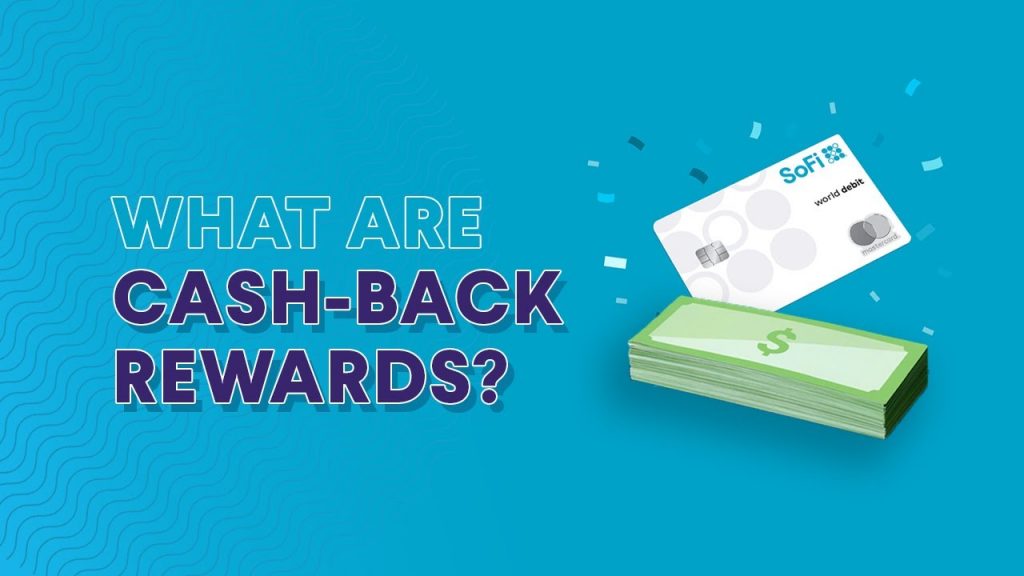Mastering the art of saving is one of the most powerful steps you can take toward financial security and achieving your dreams. While saving might sound straightforward, building consistent habits that increase your savings rate can make a world of difference. Small changes to your daily financial habits can accumulate over time, turning small savings into significant gains.
In this article, we’ll explore some expert-approved tips and habits that can help you save more efficiently and set yourself up for financial success.


Why Saving is Essential for Financial Security
Saving is more than just putting aside money—it’s about preparing for both the expected and unexpected. With a strong savings strategy, you’re equipped to handle emergencies, capitalize on opportunities, and work toward bigger goals, such as buying a home, traveling, or retiring comfortably. In short, saving empowers you to achieve financial freedom and reduces your dependency on credit.


1. Set Clear and Achievable Savings Goals
The first step to saving more effectively is setting specific, measurable goals. Instead of just “saving for the future,” define what you’re saving for and set a realistic timeline. This approach can help you stay motivated and maintain focus on your objectives.
Types of Savings Goals
- Emergency Fund: Aim to save 3–6 months’ worth of living expenses in a high-yield savings account. This fund is crucial for unexpected expenses, like medical bills or car repairs.
- Short-Term Goals: These could include saving for a vacation, a new gadget, or a special event.
- Long-Term Goals: Retirement, buying a home, or starting a business may be long-term goals that require consistent contributions over time.
Pro Tip: Use the S.M.A.R.T. framework for goal-setting: Make your goals Specific, Measurable, Achievable, Relevant, and Time-bound.


2. Automate Your Savings to Build Wealth Consistently
Automation is one of the easiest ways to ensure you’re saving regularly without even thinking about it. By setting up automatic transfers, you take the decision-making (and temptation to spend) out of the process.
Steps to Automate Your Savings
- Schedule Monthly Transfers: Set up recurring transfers from your checking account to your savings or investment accounts.
- Automate Contributions to Retirement Accounts: Many employers allow automatic contributions to a 401(k) or similar retirement account. If you don’t have employer-sponsored retirement options, consider automating contributions to an IRA or other retirement savings account.
Learn More: Read about the benefits of high-yield savings accounts to maximize your returns while keeping your funds accessible.


3. Track Your Expenses to Identify Savings Opportunities
Tracking your expenses can reveal spending patterns and highlight areas where you might cut back. By understanding where your money goes each month, you can make informed adjustments to free up more funds for saving.
Simple Ways to Track Expenses
- Use Budgeting Apps: Apps like Mint, YNAB (You Need a Budget), and Personal Capital automatically categorize expenses and give insights into your spending.
- Review Statements: Take time to review your bank and credit card statements each month to spot patterns and any unnecessary subscriptions or charges.
- Set Spending Limits: Establish monthly limits for categories like dining out, entertainment, and shopping.
Interesting Fact: Studies show that individuals who track their spending consistently save more over time compared to those who don’t monitor their expenses.


4. Pay Yourself First
The “pay yourself first” principle encourages you to prioritize saving by putting aside a portion of your income as soon as you receive it, before paying for anything else. This approach ensures that saving isn’t left to chance.
How to Pay Yourself First
- Determine a Savings Percentage: Start by saving 10% of your income if possible, and gradually increase this rate as you become more comfortable.
- Treat Savings as a Non-Negotiable Expense: View your savings contributions as mandatory, just like rent or utilities.
Pro Tip: Set up an automatic transfer to move a portion of your paycheck directly to your savings or investment accounts.


5. Reduce Unnecessary Expenses and Practice Mindful Spending
It’s easy to fall into the trap of impulse spending or buying things you don’t truly need. By adopting a mindful approach to your spending, you can reduce unnecessary expenses and save more effectively.
Tips for Mindful Spending
- Use the 24-Hour Rule: For any significant purchase, wait 24 hours before buying to determine if it’s something you truly need.
- Distinguish Between Wants and Needs: Before making a purchase, ask yourself if it’s a want or a need.
- Limit Dining Out: Meal planning and cooking at home can save you a significant amount each month.
Did You Know? Reducing your daily coffee habit by just $3 a day can save you over $1,000 in a year!


6. Take Advantage of Cashback and Rewards Programs
Cashback and rewards programs can be valuable tools for saving if used wisely. Credit card rewards, cashback apps, and loyalty programs can provide extra value for purchases you’d make anyway.
Popular Cashback and Rewards Options
- Credit Card Rewards: Choose a credit card that offers cashback or points on everyday purchases, and always pay off your balance in full to avoid interest.
- Cashback Apps: Apps like Rakuten and Ibotta offer cashback on purchases made through their platforms.
- Loyalty Programs: Many retailers offer loyalty programs that provide discounts or rewards for repeat customers.
Warning: Only use cashback and rewards programs if you can pay off your credit card balance each month. Carrying a balance can negate any savings from rewards due to interest charges.


7. Use Savings Challenges to Boost Your Savings
Savings challenges are a fun way to motivate yourself to save more. These challenges encourage you to save money consistently, often in small increments that add up over time.
Popular Savings Challenges
- 52-Week Savings Challenge: Start by saving $1 the first week, $2 the second week, and so on, increasing by $1 each week. By the end of the year, you’ll have saved $1,378.
- No-Spend Month: Challenge yourself to go a full month without spending on anything non-essential.
- Daily Savings Challenge: Set aside a small amount each day, such as $5. This can add up to $1,825 over the course of a year.
Tip: Share your progress with friends or family to stay motivated and make it a fun, competitive experience.


8. Review and Adjust Your Financial Plan Regularly
Life circumstances change, and so should your financial strategy. Regularly reviewing your finances allows you to make adjustments as needed to stay on track with your goals.
How Often to Review Your Finances
- Monthly: Review your budget and spending.
- Quarterly: Assess your savings goals and investment performance.
- Annually: Evaluate your overall financial progress, including retirement and long-term goals.
Tool Recommendation: Personal finance software like Quicken or Personal Capital can help you track your progress and make adjustments to your savings plan.


9. Invest in Yourself for Long-Term Financial Growth
Investing in your skills and education can lead to higher earnings potential and greater financial security over time. Consider setting aside funds each year for courses, certifications, or workshops that align with your career goals.
Ways to Invest in Yourself
- Online Courses and Certifications: Websites like Coursera and Udemy offer affordable courses on various topics, from personal finance to tech skills.
- Professional Networking: Attend conferences or join professional organizations to expand your network and increase opportunities.
- Health and Wellness: Investing in your health can reduce medical costs over time, improving your quality of life and financial well-being.
Pro Tip: Treat personal development as a long-term investment that can yield high returns, both financially and personally.


10. Celebrate Your Savings Milestones
Saving can sometimes feel like a long, ongoing journey. Celebrating your milestones can keep you motivated and reinforce positive financial habits.
Examples of Savings Milestones
- First $1,000 Saved: Celebrate reaching your initial savings goal.
- Debt-Free Milestone: Once you’ve paid off a major debt, recognize your accomplishment.
- Emergency Fund Fully Funded: A fully-funded emergency fund is a significant achievement that deserves acknowledgment.
Did You Know? Rewarding yourself for progress can reinforce good habits, making it easier to stay motivated over the long term.


Conclusion: Simple Financial Habits Lead to Big Savings
Building wealth through saving doesn’t require drastic lifestyle changes—it’s the small, consistent financial habits that make the biggest difference. By setting clear goals, automating savings, tracking expenses, and spending mindfully, you can maximize your savings and create a financially secure future. Remember, financial success is a journey that requires discipline and patience, but the rewards are worth it.
Start implementing these habits today, and watch your savings grow over time. Saving more isn’t just about cutting back; it’s about making smart decisions and aligning your spending with your goals. With these strategies, you’re well on your way to achieving a stronger, more secure financial future.
4o
